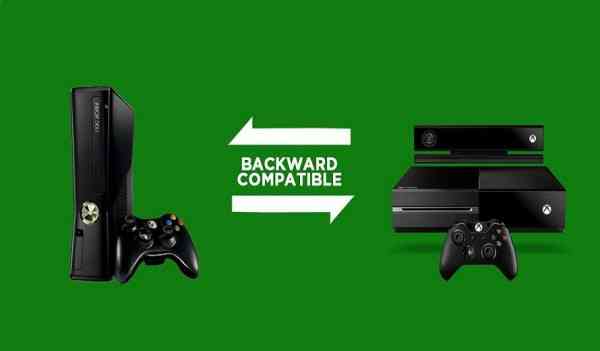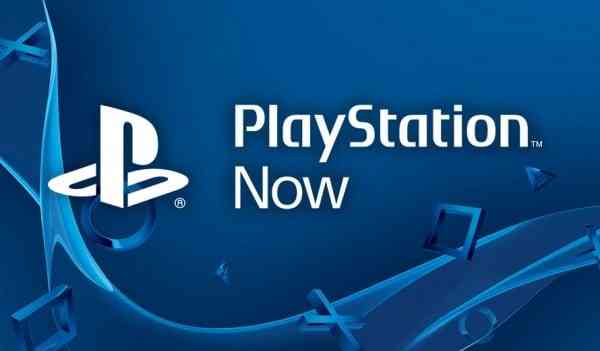With recent news reports that Halo: Reach has been experiencing framerate-dipping issues when played on the Xbox One’s backwards-compatible program, the question arises as to whether more of these issues will pop up on other scheduled titles. With the arrival of the first titles, gamers are seeing a few issues that affect gameplay:
- Framerate dipping: Microsoft themselves have acknowledged that Halo: Reach players are “experiencing issues,” and they are apparently working to resolve them. Some players have reported a drop to as little as 15 FPS during gameplay, which really impacts the ability of the player to play the game.
- Sound: let’s not forget that when a game stutters, the sound is also affected. This could impact a host of games that rely on sound, such as music or dance games.
What these issues highlight is the problem of emulation. What Microsoft is attempting to do with its backwards-compatibility program is essentially make the Xbox One an emulator to play the old games. Emulation often has technical issues early on, because it requires that the software, which was coded for another piece of hardware, has to be translated to make it readable for the new system. For reference, PS2 emulators (a whole generation less advanced than the 360) struggle to run at all on high end PCs. The Xbox One’s hardware is far from high end. The fact that 360 emulation runs at all is impressive, but it’s highly unlikely we’ll ever see a smooth experience on the platform. There will always inevitably be problems with this translation, and the process will be an ongoing one, in which Microsoft deals with each technical issue on a case-by-case basis. In other words, if you are an Xbox One gamer, expect the backwards-compatible games to be more of a work-in-progress for a while.
With all of these technical challenges, is backwards compatibility worth all the trouble? Would Microsoft be better off going with Sony’s model of online pay-to-play with older titles? This certainly would be a more technically-smooth process. With Sony’s PlayStation Now service, you are streaming games from the company’s remote servers. That means your PS4 is not actually running the game locally – you are using a remote piece of hardware, and “seeing” the result on your screen, with the PS4 acting as little more than a media-streaming device. This solves any issues of translation or even hardware horsepower – in theory, any device could do the job (as shown by the PS TV).
Gamers like the idea of backwards compatibility because it gives them the power of choice. With backwards compatibility, gamers can keep their old games, and continue to reuse them with each new console generation. They do not have to re-buy games over and over, and they get to choose which older titles they want to replay. But as nice as all of this sounds in theory, it just doesn’t work that well in application. The recent issues with Xbox One show that – the actual number of games you will be able to replay, and the quality of the experience, will never quite be ideal. Plus, is there really that much player freedom? Microsoft is still choosing which games will be backwards compatible (with some limited choice given to the consumer). You are still at the mercy of the company as to what older games you can play.
Sony’s game-streaming model doesn’t seem, at first, to be very gamer-friendly. With streaming, the company has all the power – to decide what games are offered, how much they charge (again), and how you pay (subscription or per-play). Gamers don’t like the idea of losing the power over how they play, and they don’t like having to pay over and over for the same old games. However, as imperfect as PlayStation Now might seem, it might be the only viable solution, long-term. It does allow for a guaranteed level of quality when you play a game, and it solves the very difficult problem of emulation. It also allows for a much greater variety of old games – in theory, any older game can be offered via streaming. In a way, players have more freedom with this model – you don’t have to be limited to just the titles that have been translated by the company.
Backwards compatibility is a laudable goal, and Microsoft should be applauded for wanting to accommodate the wishes of its customers. They have bent over backwards (pardon the pun) to give gamers what they want. But what we are seeing is that maybe, as nice as it might sound, backwards compatibility just isn’t a great idea anymore. As much as players might hate the idea of online streaming for older games, that may be the best way to deliver retro content. This will only be more true in the coming years, as both Microsoft and Sony are apparently working on another generation of consoles. Just as Xbox One works out the technical issues with these 360 games, we will have to do it all over again with the “Xbox Two.” No, it would be better for Microsoft to just bite the bullet, and go to online streaming as Sony has done – the fanboys will scream bloody murder at first, but it will be for the best in the long run.

